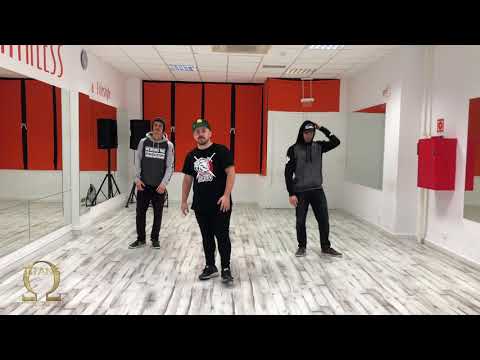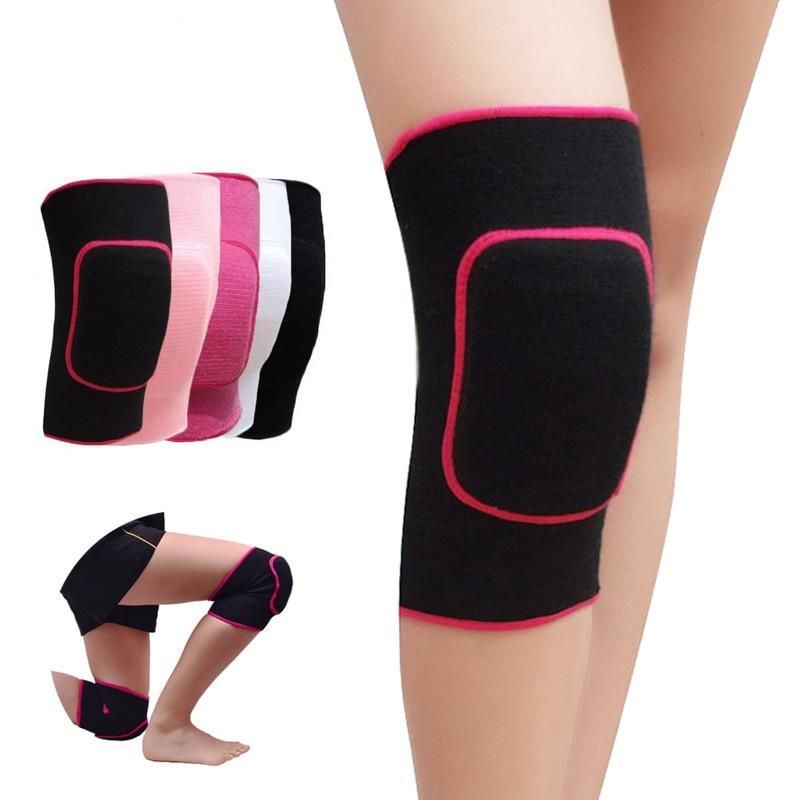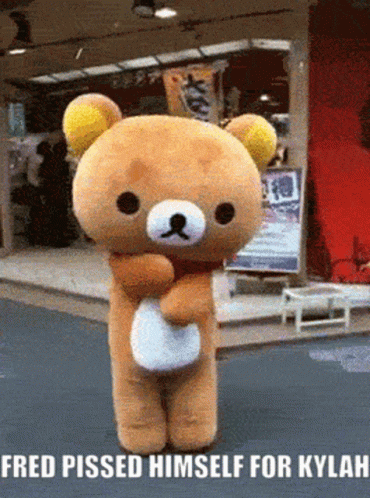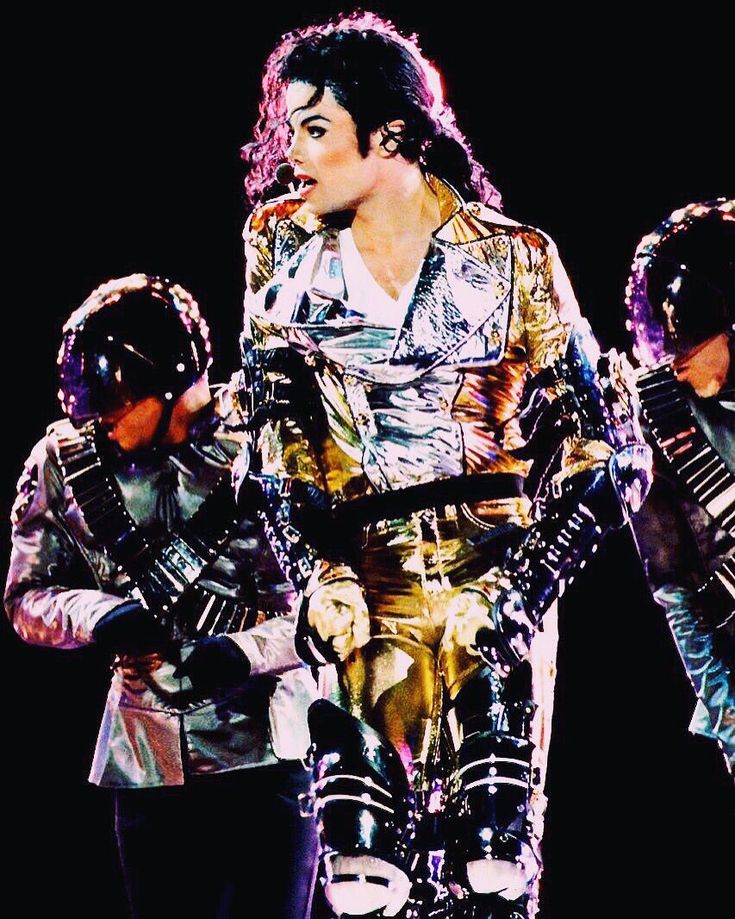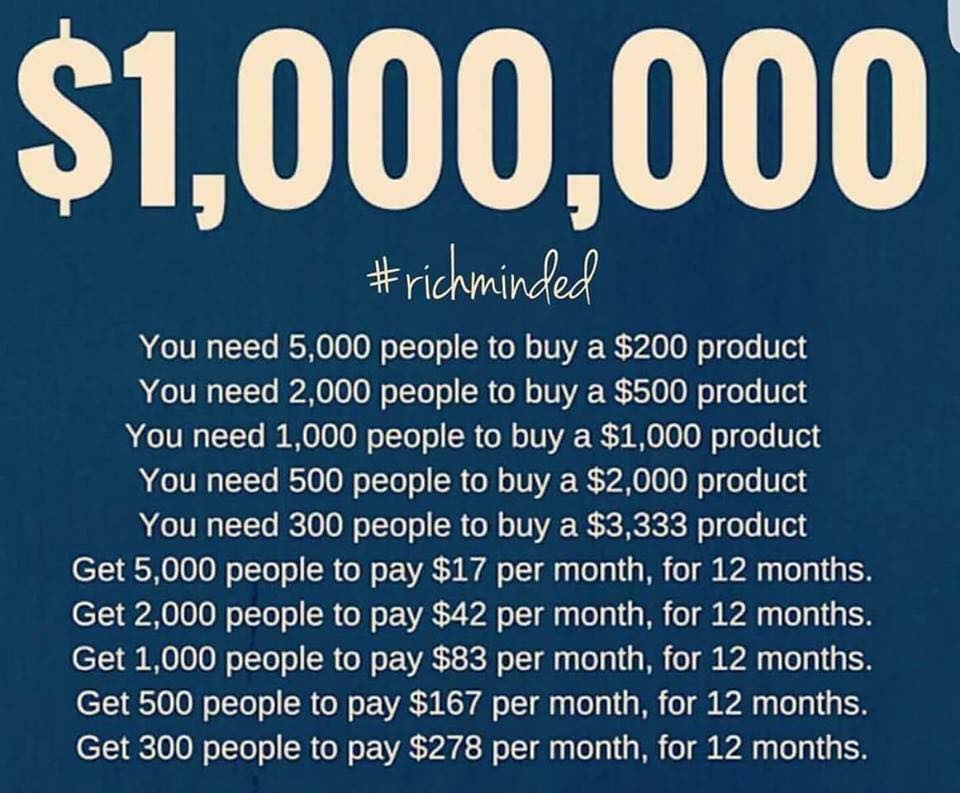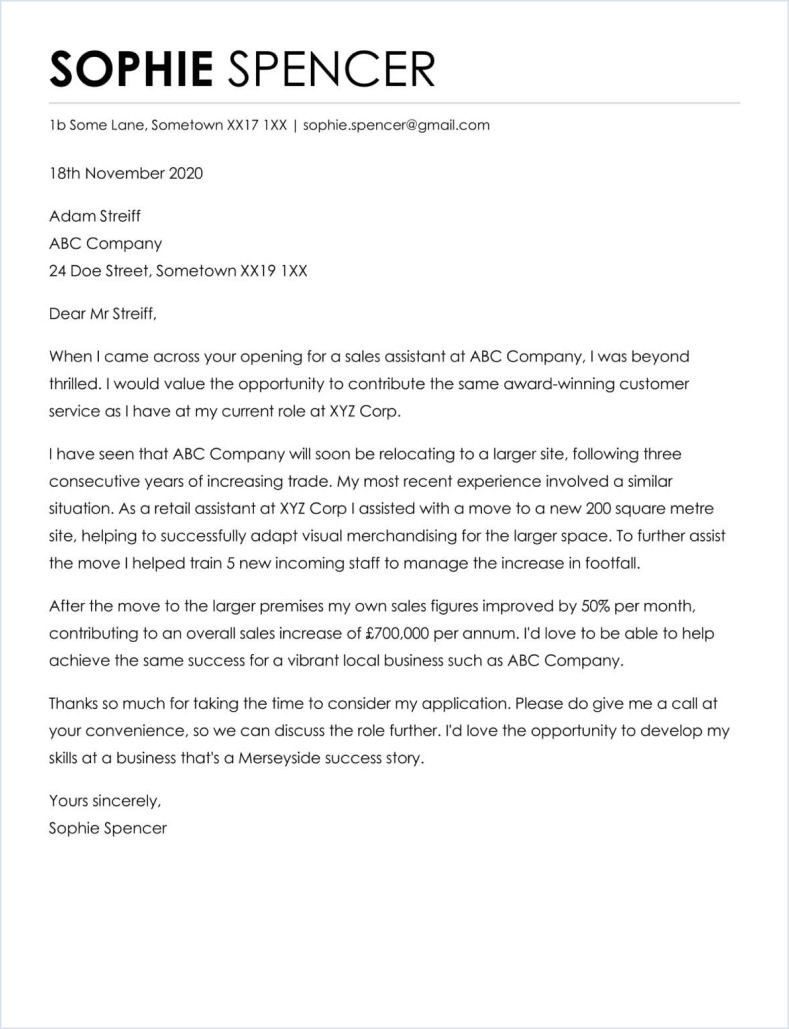How to dance on beat
How to Find (and Dance to) the Beat — Wedding Dance Coach
Imagine this: You’re walking in to your first private dance lesson. It’s the first time you’ve ever been in a studio. You find yourself in a big open room, with mirrors, and you realize you are, well…NERVOUS!
One fear I’ve heard many times from new students is that they “can’t find the beat” or that they “have no rhythm.”
In the hundreds of beginning dancers I’ve worked with, I find that this is rarely true in reality.
I won’t go into all the reasons why people believe this about themselves (right now).
What I find is that by slowing down and finding some patience, everyone can learn to find the beat – and move to it. (I have worked with a few dancers with hearing loss; its still very possible).
And it often comes easier than you think.
Here’s a mini-lesson to get you started:
How to Dance to the Beat:
(Warning: This may cause you to feel silly. We often feel silly or embarrassed when learning something new with our bodies. If this is true for you, you might want to try this alone as you build confidence!)
1. Find a piece of music with a solid beat, like this song from South African artist Mandoza. (I frequently use this song in my dance classes!)
2. Close your eyes and let your body bounce. Most of the time some part of your body is moving with the beat. For many it’s the head nodding, for some the knees bouncing, and others a tapping toe.
3. Trust that you found a pulse that the music is feeding you.
NOTE: There are often 2 primary pulses in a pop song. In ballroom dance world they are called “quick” and “slow.” In music they are called all kinds of things, but that’s for another time. If you do this with another person, they might find a different pulse, and that’s ok. Trust that what you feel is a match.
4. Start clapping your hands to match the pulse your body found. Feel the clap in your hands and also hearhow the clap matches the song. Continue bouncing or nodding or tapping your foot while you clap. Don’t be shy – go for it!
Feel the clap in your hands and also hearhow the clap matches the song. Continue bouncing or nodding or tapping your foot while you clap. Don’t be shy – go for it!
5. Trust again that your body is matching the music.
6. Now, step one foot down each time you clap.
7. Focus on the moment your foot steps down. Feel the floor beneath you. See if you can notice the change in pressure in your foot when it meets the floor.
8. Now you should be essentially marching in place and clapping. Your hands clap at the same moment each foot hits the ground.
9. When you can feel your feet from the inside, stop clapping your hands and continue moving your feet to the beat.
Guess what…. You’re dancing!
For added flair, feel free to move around the room, stepping down on the beat, adding some of your own personal groove
Now, 3 times this week, put on the radio, or Pandora, or Spotify, or whatever fancy music playing program you love, and try this with 5 songs in a row that you don’t know.
May your week be off to a foot-stomping, hand-clapping start!
In Joy,
Maren Waldman, Head Boulder Instructor
Librero's Dance Studio How To Hear The Beat in the Music %
Learning to hear the different beats in music is like learning a new language. For example, when first starting to learn a foreign language, it seems as if all the words run together into one long sentence. However, as we become familiar with the words and get used to listening to the flow, structure, and “beat” of this new language, each word becomes clear and easy for us to identify.
And you know what? Music is a language too! And a very easy language to learn at that. Basically, it has four main “words”: One, Two, Three, Four.
These four “words” – or beats – represent the basic units of timing in music:
One or “First Beat”, is the strongest sounding beat in each measure of music.
Two or “Second Beat”, is a light sounding beat following the strong First Beat.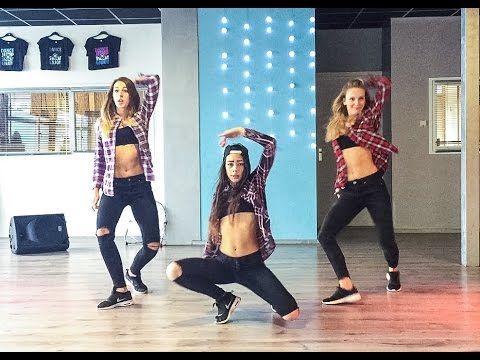
Three or “Third Beat”, is the next to strongest beat, but not as strong as the First Beat.
Four or “Fourth Beat”, is the lightest beat in the measure or bar of music.
There are, of course, exceptions to the rule. Waltz music, for example, has only three beats of music. The first beat is heavily accentuated and is followed by two light beats. The rhythm is: heavy, light, light – heavy, light, light.
HEARING THE MUSIC AND CHOOSING THE DANCE
The first step in dancing to the music is identifying whether the style of the music has an American flavor or a Latin flavor.
American Style songs, like Swing and Foxtrot (e.g. Frank Sinatra style), are easy to identify. The music has a heavy bass drum sound on the First Beat that makes you want to tap your foot down.
Here’s a good exercise to familiarize yourself with moving to the different beats: While standing or sitting, practice tapping the foot on the First Beat and the Third Beat of music. Leave the heel on the floor and lift the front of the foot on the Second and Fourth Beat. After getting comfortable hearing and tapping on the First and Third Beats, start stepping on those beats instead of tapping.
Leave the heel on the floor and lift the front of the foot on the Second and Fourth Beat. After getting comfortable hearing and tapping on the First and Third Beats, start stepping on those beats instead of tapping.
Dances in the Latin Style, of course, tend to have a Latin flavor throughout the music. However, they can have many rhythmic variations within the style. Slow melodious Latin songs, like Rumba, are the easiest to dance and identify. Rather than a feeling of tapping with the foot, the First Beat of the Rumba makes you want to move.
American bands playing Latin music play “easier-to-hear” beats more so than Latin bands because they use drummers. Since most Latin bands do not have drummers, many times you feel more like a “tempo” or a “pulse” rather than hearing a clear beat (e.g. like a wave that carries you or feeling a pulse in someone’s wrist). You’ll find that some dances like Cha-Cha have a strong staccato feeling while others, like Samba, have more of a bouncy feeling.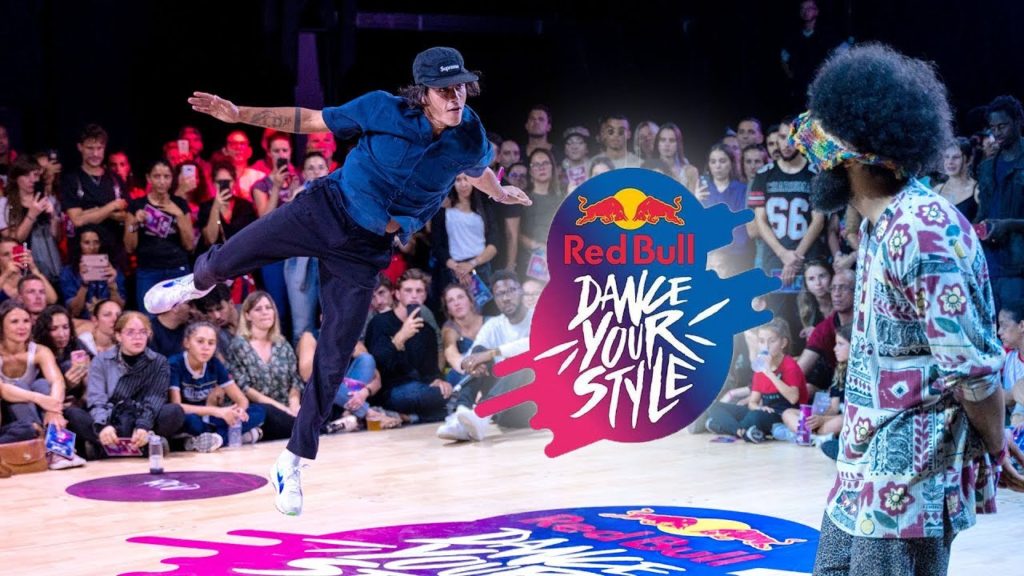
The best exercise for Latin Music is to listen to a lot of Latin songs. Do not try to hear the beats, or dance to them. Just listen to the music and let your body respond to it as it wants. After a while, all four pulses or “beats” of the music will become very obvious.
And like learning that foreign language we spoke of earlier, hearing the beats in the music requires practice. Remember to listen to dance music and let the music move you, even as you concentrate on other things. There will be two benefits to this practice: the beats will become very obvious to you, and you will develop a very strong sense of rhythm.
Happy listening,
Blanche & Emilio
________________________________________________
Next Issue –
Dancing To Contemporary Songs:
How to Select The Dance That Best Fits The Music Playing.
————————————————————————
Librero’s School & Dance Club, Tampa
Since 1979…Your Place to Learn…Your Place to Dance!
Offering expert instruction in Ballroom & Latin dancing,
Argentine Tango, Swing, Wedding dances and more…
www. LibrerosDanceStudio.com
LibrerosDanceStudio.com
————————————————————————-
How to learn to hear the rhythm in music | All articles | Planet of Talents
I am sure that all people love to dance. However, many believe that they do not have an ear for music or a sense of rhythm, not enough plasticity or coordination to dance, call themselves a “tree” and sit quietly in the corner at a disco. And yet, only a small proportion of them are right (and even then not in the part about the “tree”). Often the problem lies precisely in the ability to feel the music, in particular, the rhythm. But the problem is solved! For most people, the sense of rhythm is dormant. And only a very small percentage suffers from “rhythmic deafness”.
In my dance teaching practice, sometimes I come across people who can't hear the rhythm. For a group of fifteen people, there are on average 1-2 people. Agree, not such a big percentage for non-professionals. But this is where I ran into trouble. How to explain to a middle-aged person without a musical education what a strong and weak beat is, why sometimes we perform movements on “three”, and sometimes on “eight”, and how to count a piece in general? . . I think all teachers face this problem, It doesn't matter if they work with young children, youth or adults.
. I think all teachers face this problem, It doesn't matter if they work with young children, youth or adults.
First you need to figure out if the student actually hears the music. First, you can clap a short, simple rhythm and ask him to repeat it. If the student reproduced it in full, then all is not lost! Secondly, you can turn on the music and step along with it, setting the pace. Then you need to pause, talk about something so that he is distracted, and turn on the same music again and ask him to walk to it in the same rhythm without you. There may be several options:
- the student walked to the beat, because he remembered the rhythm when you walked to the music together. And it's not a bad choice! Perhaps he needs to pay a little more attention than the others, stand next to him and show the movements individually, in the end his memory and great desire will bear fruit.
- the student walked in his rhythm, not hearing the music. Here the matter is more complicated. With such people, you need to deal with individually or gather them in one group and make a lesson in musicality for them. One or two lessons may be enough.
With such people, you need to deal with individually or gather them in one group and make a lesson in musicality for them. One or two lessons may be enough.
In such lessons, you need to explain what a strong beat is in music, how a melody is broken down into measures. Of course, you need to be patient, and most importantly, read music theory if you are not strong in it. In fact, it is not so scary, because the rhythmic pattern in the music school is studied in the lower grades. On the other hand, it is not necessary to overload the brain of students with this theory. Just think of a few metaphors. Rhythm can be compared with the beating of our heart, with clocks, with steps. Everything has its own rhythm - the moon and the sun, the surf, the seasons, a poem, the noise of a train, and even the sounds of a cricket. For such activities, you need simple, understandable music with a clear rhythm, for example, a march or, oddly enough, club music, with a characteristic “tuna-tuna”. The duration of notes can be compared with seconds, minutes, hours.
The duration of notes can be compared with seconds, minutes, hours.
By the way, using the example of a march, you can easily learn to hear a strong beat. I would suggest using this particular march http://www.youtube.com/watch?v=VGfGxqHPF0s
In it, you can clearly hear how all the instruments of the orchestra play on a strong beat. I think that your students of any age will walk this melody with pleasure, and most importantly, to the beat!
A good helper in mastering the rhythm will be a metronome. Moreover, now everyone can install it on their smartphone or tablet and train at any time! By the way, the metronome is successfully used in the treatment of stuttering, and this says a lot.
In fact, I believe that anyone can learn to hear music and dance to it. All it takes is motivation. He works wonders even with the most seemingly hopeless students.
If the desire to learn to dance is great, follow a few simple but effective tips:
1. Listen to more music. Even more! Listen to it in any free minute. Learn almost by heart the pieces you need to dance to.
Listen to more music. Even more! Listen to it in any free minute. Learn almost by heart the pieces you need to dance to.
2. Divide music into instruments. The whole orchestra never plays the same tune. Double basses or bass guitars always set the rhythm, the main part is given to the violins or the voice, etc. Yes, it requires high concentration and attention, but it is really effective!
3. Learn to use a metronome.
And remember, only working out the technique will not bring results. Love music, learn to hear it in the world around you, eventually become music, and then you will succeed!
© Arina Grakhantseva
Measure, rhythm and syncopation in tango. How to dance?
Tango bar structure
Tango bar consists of 4 beats: 1234.
1st beat is strong (the loudest), 3rd is medium, 2nd and 4th are weak.
To simplify the translation, some teachers call the third beat "weak" (although it is really average in amplitude), which sometimes creates some confusion.
At the lessons, Russian-speaking teachers aloud call the strong beat “time!”, And the third call “and”. When you hear "one!-and-one!-and..." - it means "1-3-1-3...".
Argentine teachers call the 1st beat tiempo ("Tempo"), the 3rd - contratiempo ("countertempo").
Let's hear how the bars and downbeats sound. Here's a good rhythm:
In the beginning from 0:02 to 0:20 I counted 10 bars (10 downbeats = 10 "times" = 10 by "1"). It turns out the composition is approximately 2 seconds per bar. And then from 0:24 weak beats are heard.
Phrase structure in tango
Musical phrase consists of 8 bars: 12341234123412341234123412341234. If we count only strong beats, then there are eight "times".
Dancing
We can dance any beat of any measure we want.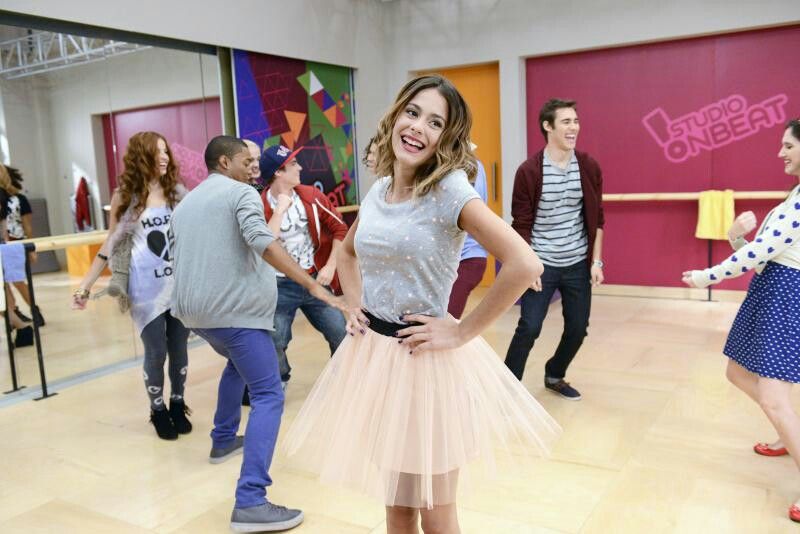 Most often, the first beat is danced, because. usually she herself audible in the music. But, nevertheless, the choice is up to the dancer.
Most often, the first beat is danced, because. usually she herself audible in the music. But, nevertheless, the choice is up to the dancer.
I will write the danced beats in numbers, and the non-danced beats in dashes. For example "1-3-" would mean two steps - the first step into the 1st beat and the second step into the 3rd beat.
"To hit the share" means to step on the floor at that moment.
We dance a regular rhythm. Dancing "doubling"
Usually we dance strong beats (first) - "1" - "tiempo": 1---1---1---1---1---1---1---1---.
Such a rhythm of dancing is pronounced “one!, one!, one!…”.
On the contrary, you can dance third beats - "3" - "contratiempo": --3---3---3-. With such dancing, there will be special sensations of “viscosity” of movement, as if you are walking in a swamp.
However, it is usually not triples that are danced on their own, but “doublings” are made, i.e. "1-3-1" is danced: 1---1-3-1---1---1-3-1---1---1---. Here, on the 2nd and 5th measures, doublings are danced.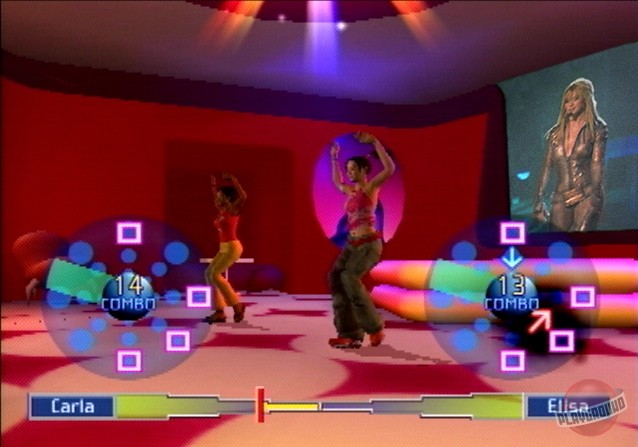
You can also dance all 4 beats: 123412341234 - move 4 times faster than usual. You can do this in one selected measure: 1---1---12341---- (quadruple in the 3rd measure). According to physical sensations, this is a “jog”. To do this, the steps must be taken very small. Look Godoy, he knows how.
So, we have several types of regular rhythm:
- 1---1---1--- (normal movement speed)
- 1-3-1-3-1-3- (double speed)
- 123412341234 (quadruple speed)
Dancing syncopation
Syncopation is a violation of the constant speed of movement, like a "torn" rhythm, and is realized by shifting the accent from a strong to a weak beat.
For a dancer, this means stepping into the weak beat instead of stepping into the strong beat. Syncopation is danced using beats 2 or 4.
Here are the syncopations: 12-1, 1-41, 12-41, 1-341, 123-1, --341, etc., using beats 2 or 4 - weak.

